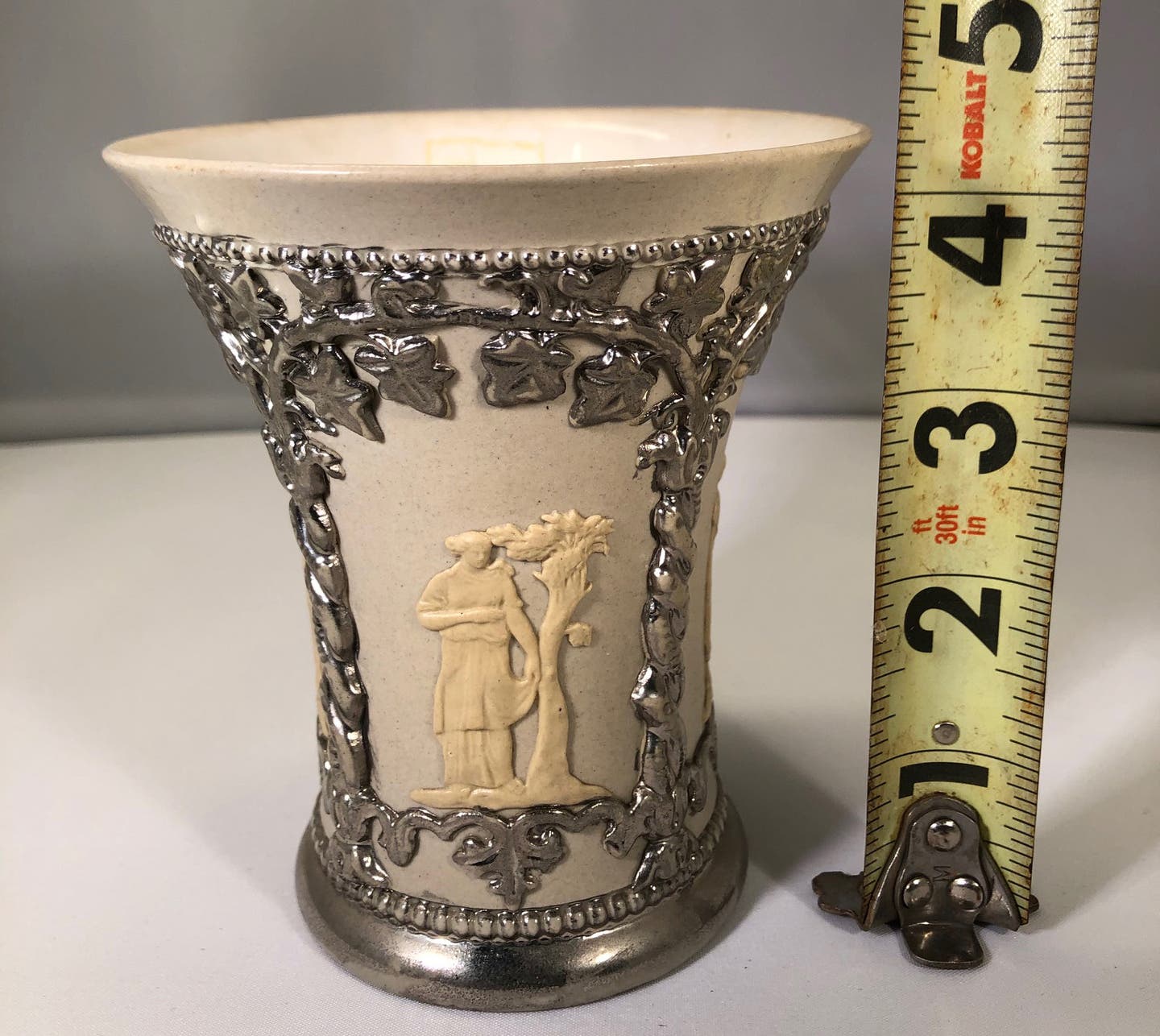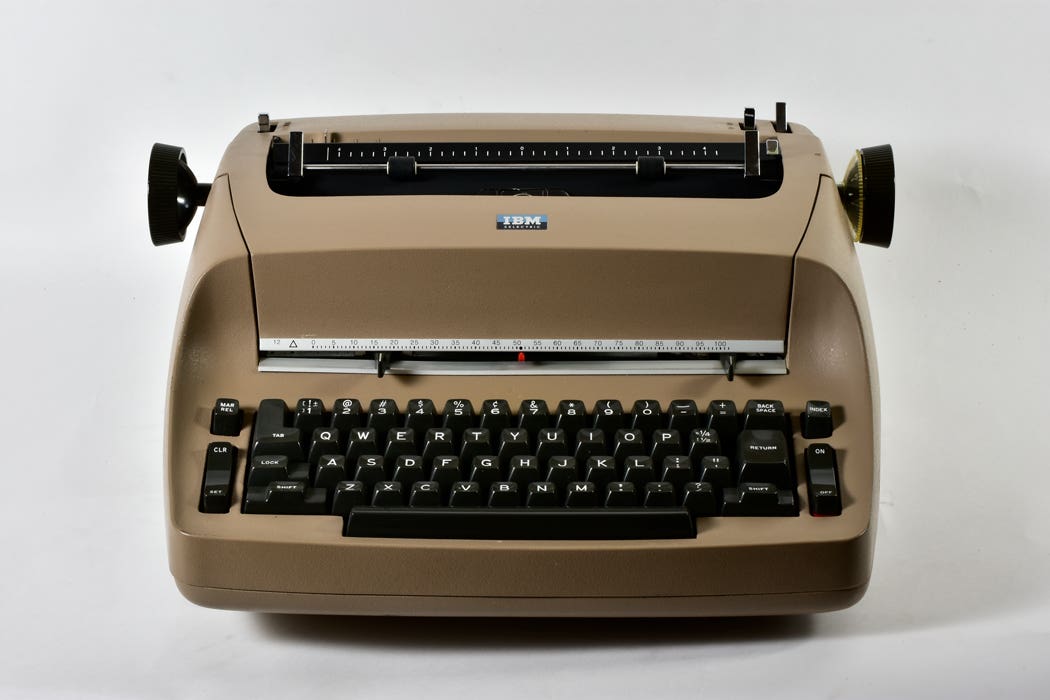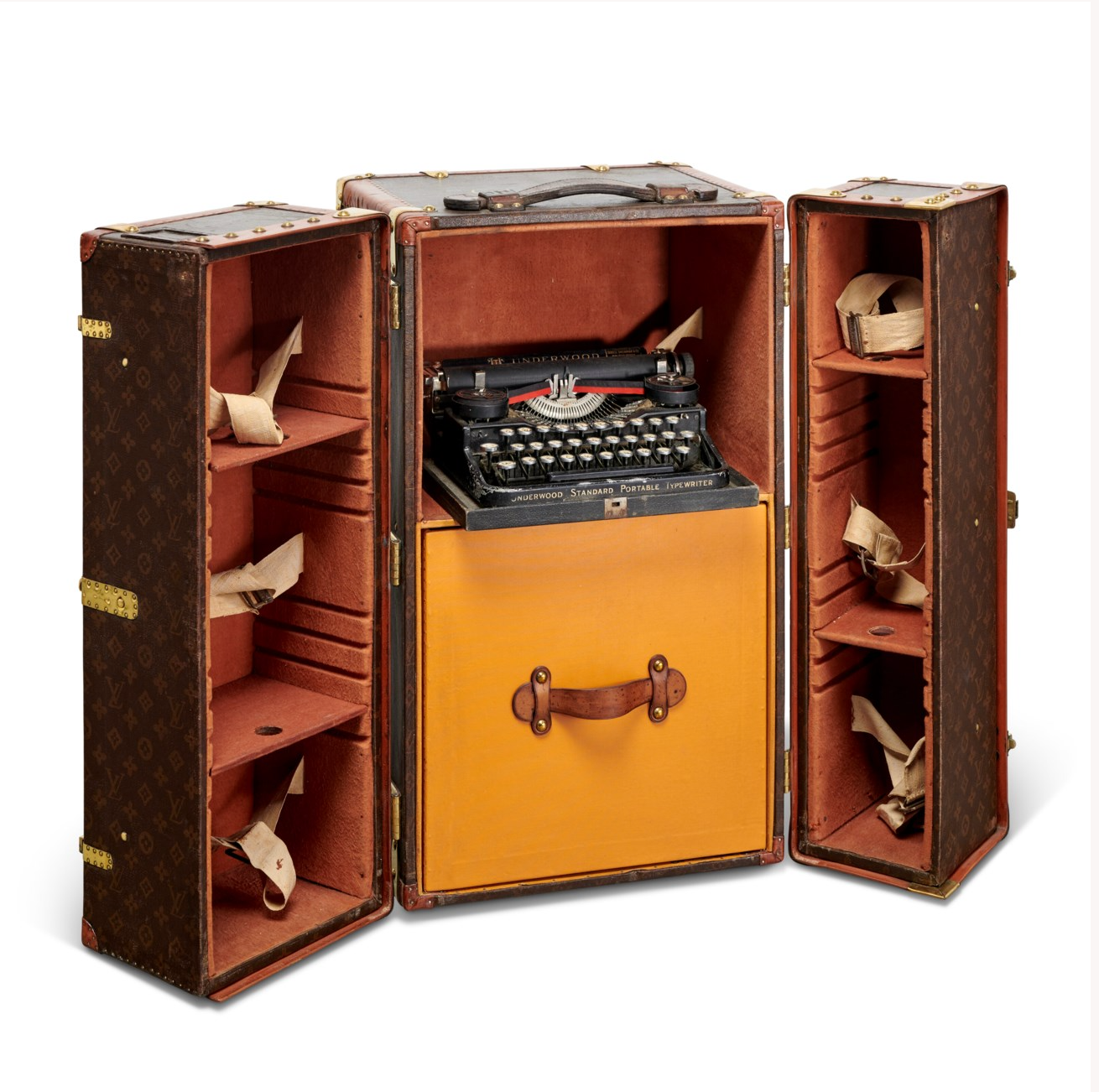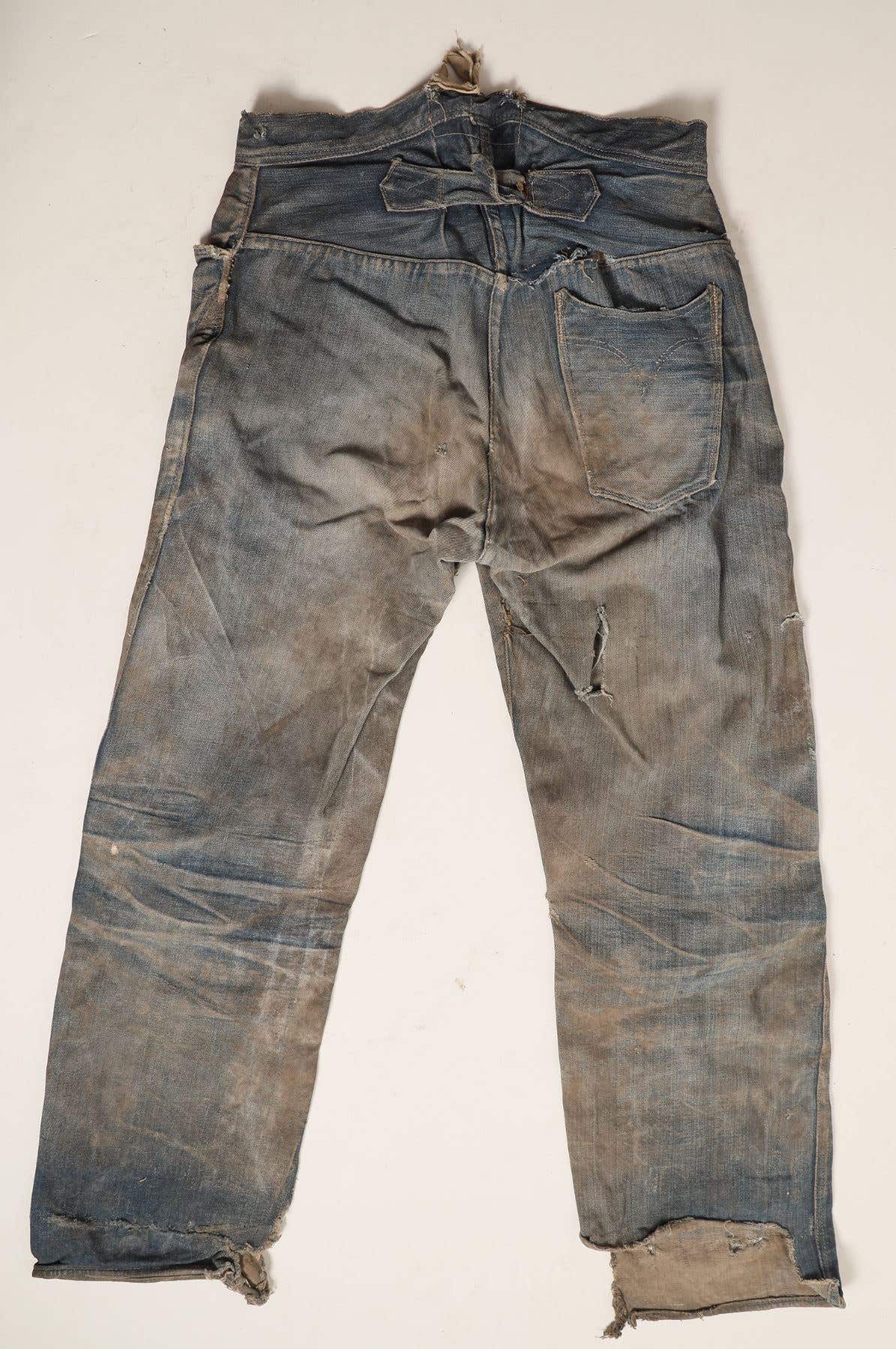Bolster knowledge with books
It’s often said that knowledge is power, and not only does Behind the Gavel columnist Wayne Jordan agree with that sentiment, but he recommends titles no antique dealer’s or collector’s reference library should be without.
I recently read a comment on an antiques forum that referenced a 2009 blog post titled “Being An Antiques & Collectibles Dealer Isn’t Rocket Surgery, But…”. The post was by Deanna Dahlsad, and is found on the Collector’s Quest blog. Mixed metaphors aside, Ms. Dahlsad shares the point that like both rocket science and brain surgery “knowledge is power; nowhere, perhaps, does that time-honored adage ring as true as
in the world of antiques.” She goes on to discuss the need for ongoing antiques education (and does so admirably).
When the post was made in 2009 the economy was near the bottom of the recession, and times were tougher for antiques dealers. The point of the blog post was that in tough times, well-educated dealers tend to fare better than dealers with limited knowledge. Many paragraphs were spent discussing the one-and-only organized home-study antiques course and how undertaking its program of study would benefit dealers.
As an avid reader and graduate of the afore-mentioned home study course, I think I have a pretty good grasp of what educational resources are available for those interested in the antiques trade. And, I’m firm in my opinion that no single educational source can meet the needs of 21st century antiques and collectibles dealers.
Don’t get me wrong; a solid foundation in antiques is necessary for everyone in the trade. Even for dealers who specialize in a particular genre, the public expects antique dealers to be generalists and know a little bit about everything. That means that all dealers should have knowledge of historical periods, style identifiers, manufacturer’s marks, and construction techniques for furniture, metals, and types of glassware and porcelain. A knowledge of restoration techniques is helpful as well. But that knowledge by itself isn’t enough; the range of collectibles is simply too overwhelming.
Today’s “antique” stores are about 90 percent vintage goods and collectibles rather than antiques (definitions vary). Courses that focus on pre-20th century antiques aren’t comprehensive enough to meet the educational needs of those who are new to the trade, and are generally too basic for experienced dealers. But, there are resources available that fit the needs of both beginning and experienced dealers. It’s just a matter of knowing where to look and then assembling one’s reference library.
For the sake of our discussion, I’ve divided the available resources into basic and advanced materials. Let’s have a look at some of these. My list is not comprehensive; these are resources that I’ve used personally. If you have resources that you use regularly, please share them with the rest of us in a letter to the editor.
For advanced resources, I’m continually impressed with what’s available at Krause Books. Not only do they have a good selection of price guides, they also have specialty books targeted to collectors and pickers. Best of all, from time to time they bundle these books together and sell them at significant discounts. On the Krause website, look under the menu heading “Value Packs” for the special deals.
Of course, a wide variety of specialty books can be found on Amazon. Also helpful are the guides and website published by Kovels.com. Newbies will find the following resources helpful as general education primers in antiques:
“Antiques 101: A Crash Course in Everything Antique” by Frank Farmer Loomis IV is a great place to start. Loomis’ book makes antiques “lingo” accessible to those of us who don’t speak French. All the basics are covered here: identifying furniture styles plus the basics of china, glass, porcelain, and metals.
Another favorite of mine is Fred Taylor’s “How to be a Furniture Detective.” The book tells how to use technology markers to determine the age of a piece, plus, how to determine style and condition. I owned a restoration shop for almost 30 years, so I know from personal experience that Fred Taylor speaks the truth. Newbies would do well to clip Fred’s columns from Antique Trader and keep them in a loose leaf binder, organized by subject. Fred also has a VHS tape (remember those?) available, titled “Identification of Older & Antique Furniture,” which is very enlightening.
In addition to Fred Taylor’s book, the “Antique Detectives” series also includes books on identifying 19 other antique and collectible specialties. They are all good resources.
“Fake, Fraud, or Genuine” by Myrna Kaye describes how technology markers can be faked, and how to avoid being defrauded when buying antiques.
In my appraisal work, I regularly use Clive Edward’s “Encyclopedia of Furniture Materials, Trades, and Techniques” to help identify materials and origins of technology used in the manufacture of furniture. Being able to identify the technologies used in a piece of furniture and knowing when these technologies came into use is invaluable in dating antique and modern furniture.
“There’s a Bed in the Piano: The Inside Story of the American Home” by Myrna Kaye puts antiques in their historical perspective by discussing how items were used in the home. It’s a good treatise on how form follows function; she begins with the basic boxes (simple chests) used in Colonial America and goes on to discuss the multi-function furniture of the 19th and 20th centuries.
“Care and Repair of Furniture” by Albert Jackson and David Day is an excellent primer on furniture restoration and repair. Topics covered include materials and techniques used in repairing wood, finishes, and upholstery. Knowing “how bad” a piece is before one buys it for resale is absolutely necessary if one expects to turn a profit on antique furniture.
This article originally appeared in Antique Trader magazine
Learn about subscribing to Antique Trader magazine for just $26 a year for a print subscription (delivered about twice a month) or $20 for a one-year digital subscription.
Finally, “The Woodfinishing Book” by Michael Dresdner is the best book I’ve read on the subject of restoring finishes, and I’ve read quite a few. Mr. Dresdner clearly explains the various types of finishes and their suitability for particular uses. Since identifying and repairing finishes is an integral part of dealing in antique furniture, this book is a must-have for anyone in the antiques trade.
My bookshelves are filled with many more books on antiques and related subjects but those mentioned above are the ones I keep within reach of my desk; I refer to them often. A comprehensive reference library is the chief asset of antique dealers and appraisers, and I encourage you to actively seek out (and read) books that will help you become more knowledgeable in your field.
Longtime columnist, writer, and author, Wayne Jordan is an antiques and collectibles expert, retired antique furniture and piano restorer, musician, shop owner, auctioneer, and appraiser. His passions are traveling and storytelling. He blogs at antiquestourism.com and brandbackstory.com.








